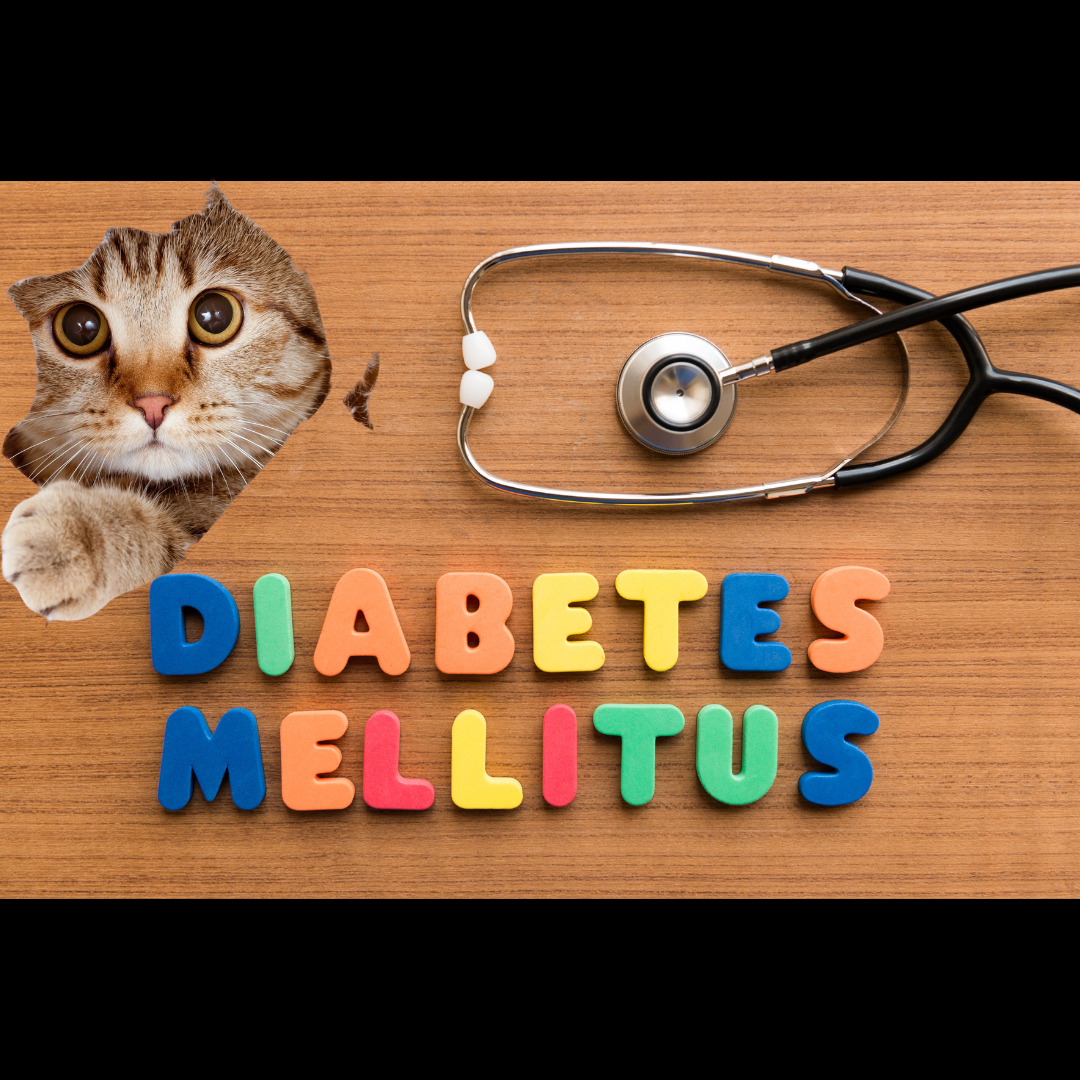
Upper Respiratory Disease: An Overview
Upper respiratory disease, also known as upper respiratory tract infection (URTI), is a common condition that affects cats.
It is characterized by symptoms such as sneezing, nasal congestion, and discharge from the nose or eyes12.
Symptoms
The symptoms of an upper respiratory disease in cats may vary but are usually characterized by:
- Sneezing
- Nasal congestion
- Runny nose
- Cough
- Clear to colored nasal and eye discharge
- Gagging, drooling
- Fever
- Loss of or decreased appetite
- Nasal and oral ulcers
- Squinting or rubbing eyes
- Depression
- Lethargy
- Hoarse voice12
Causes
Upper respiratory diseases in cats are typically caused by either a virus or bacteria.
Some of the viruses that can cause URTI include Feline Herpesvirus type-1 (also known as Feline Viral Rhinotracheitis or FVR) and Feline Calicivirus (FCV).
The most common bacteria that cause URTI include Bordetella bronchiseptica (B. bronchiseptica) and Chlamydophila felis (C. felis).
FVR and FCV are responsible for approximately 90% of all feline upper respiratory infections12.
Effects
If left untreated for a prolonged period, complications from an upper respiratory disease may include not eating, lethargy, fever, enlarged lymph nodes, and squinting.
In severe cases, the cat may have difficulty breathing13.
Treatment
Treatment for upper respiratory diseases in cats often involves self-care measures and medications.
Medications for upper respiratory diseases can include antibiotics, antiviral medications, and supportive care such as fluids and nebulization therapy4.
Your veterinarian may prescribe an eye medication if your cat has a purulent eye discharge1.
In all cases, appropriate supportive care, such as maintaining adequate nutrition and hydration, is very important5.
Conclusion
Upper respiratory diseases are common in cats but can lead to serious complications if left untreated.
Therefore, it is important to seek veterinary attention if symptoms persist or worsen.
Prevention measures such as avoiding direct contact with infected cats and keeping living spaces sufficiently ventilated can also help reduce the risk of contracting an upper respiratory disease1.
Love you feline companion more and show affection creatively.
Visit our shop for our awesome pet inspired graphic t-shirt collection wear it proudly and let the world know just how much your furry friend means to you.
Disclaimer: This article is intended for informational purposes only. It is not meant to substitute for medical advice or diagnosis provided by your veterinarian. If your cat shows symptoms, please consult your veterinarian immediately.



Leave a comment
This site is protected by hCaptcha and the hCaptcha Privacy Policy and Terms of Service apply.